Home>Maintenance & Safety>Safety Equipment & Products>How To Childproof Plugged Cords
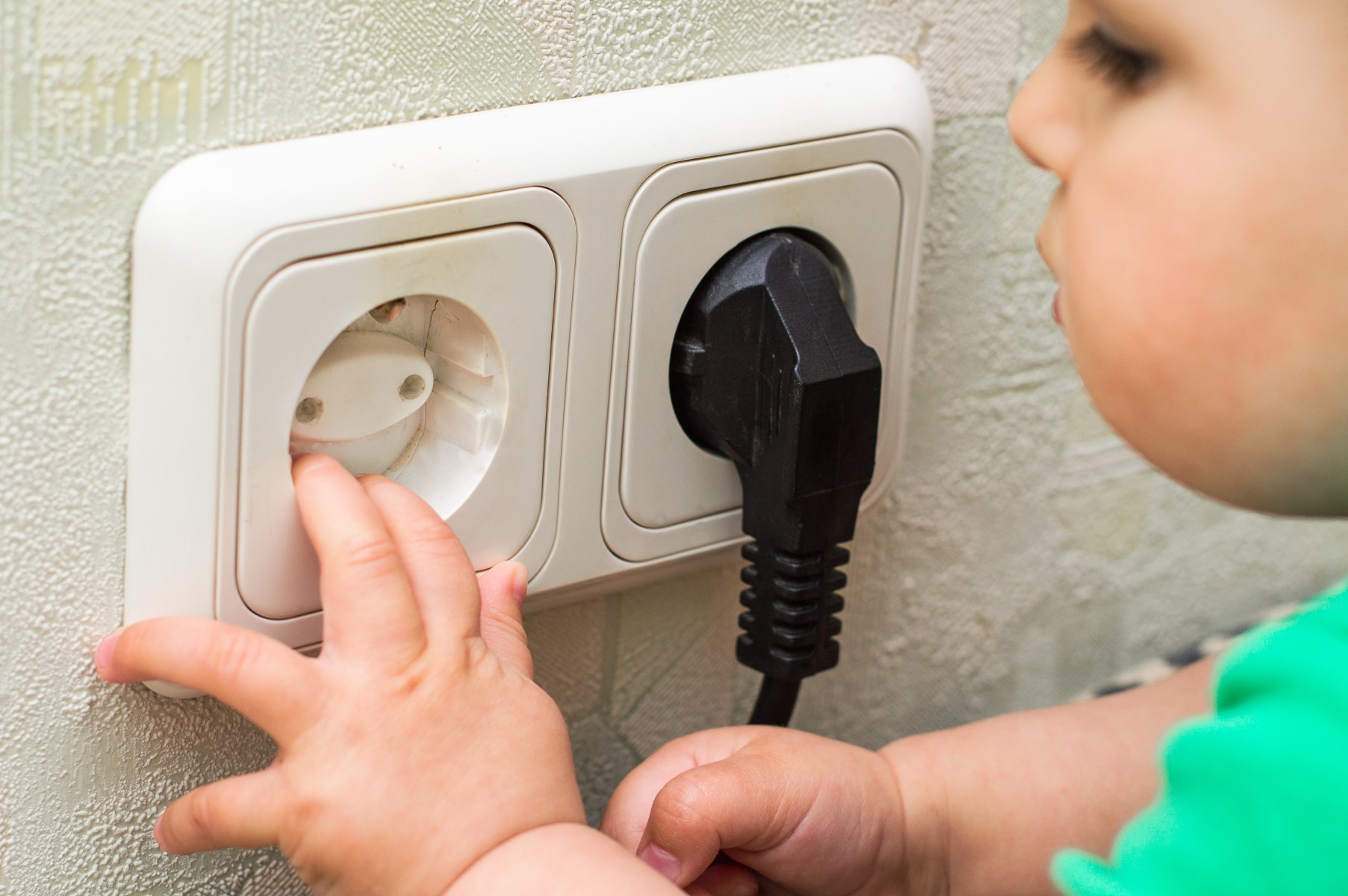

Safety Equipment & Products
How To Childproof Plugged Cords
Modified: March 1, 2024
Learn how to childproof plugged cords with safety equipment and products. Keep your home safe for children with these simple tips and tricks. Protect your little ones today!
(Many of the links in this article redirect to a specific reviewed product. Your purchase of these products through affiliate links helps to generate commission for Storables.com, at no extra cost. Learn more)
Introduction
Ensuring the safety of our little ones is a top priority for every parent or guardian. As children grow and become more curious, their natural inclination to explore their surroundings can lead to potential hazards, especially when it comes to electrical cords and outlets. Childproofing plugged cords is a crucial aspect of creating a safe environment for kids to thrive in. By taking proactive measures to childproof plugged cords, caregivers can mitigate the risk of accidents and create a secure space for children to play and learn.
In this comprehensive guide, we will delve into the essential steps for childproofing plugged cords, from understanding the associated risks to selecting and installing the right childproofing products. By following these guidelines, you can effectively safeguard your child from potential electrical hazards while promoting a secure and nurturing environment for their growth and development. Let's embark on this journey to create a safer space for our little ones.
Key Takeaways:
- Childproofing plugged cords is crucial for keeping kids safe from electrical hazards. Understanding the risks, choosing the right products, and regular maintenance are key steps in creating a secure environment for children to thrive.
- By selecting and installing childproofing products, caregivers can mitigate potential electrical hazards and create a safe space for children to explore and grow. Consistent maintenance and reassessment are essential for upholding a secure environment.
Read more: How To Replace Electrical Cord Plug
Understanding the Risks
Electrical cords and outlets pose significant risks to young children, primarily due to their inquisitive nature and tendency to explore their surroundings. Unprotected cords can be a source of danger, potentially leading to electrical shocks, burns, or even more severe injuries. It’s crucial to recognize the potential hazards associated with exposed cords and outlets to effectively mitigate these risks.
Children may unknowingly tamper with plugged cords, leading to the risk of electrical shock. Additionally, the act of chewing or biting on cords can result in serious injuries. Moreover, the temptation to pull on cords or play with them can lead to heavy objects, such as lamps or appliances, toppling over and causing harm.
Furthermore, the accessibility of electrical outlets can also pose dangers to children. Inserting foreign objects into outlets can lead to electric shocks or burns. Understanding these risks is pivotal in implementing appropriate childproofing measures to create a safe environment for children.
By being aware of the potential dangers associated with exposed cords and outlets, caregivers can take proactive steps to mitigate these risks and ensure the safety of their little ones. The next step involves identifying problem areas to effectively childproof plugged cords and outlets.
Identifying Problem Areas
Before embarking on the process of childproofing plugged cords, it’s essential to conduct a thorough assessment of the living space to identify potential problem areas. Start by examining each room, paying close attention to areas where electrical cords are accessible to children. Common problem areas include entertainment centers, workstations, and areas with multiple electronic devices.
Take note of cords that are within a child’s reach, especially those connected to lamps, chargers, and other electrical appliances. Additionally, assess the proximity of electrical outlets to areas where children frequently play or spend time. Identifying these problem areas will provide valuable insights into the specific childproofing measures needed to mitigate potential hazards.
It’s also important to consider the layout of the space and the potential for cord entanglement. Cords that run along the floor or across walkways can pose tripping hazards for both children and adults. Identifying these potential entanglement points is crucial for implementing effective childproofing solutions.
By thoroughly assessing problem areas and taking note of potential hazards, caregivers can gain a clearer understanding of the specific childproofing measures required to enhance safety within the living space. With these insights in mind, the next step involves selecting the right childproofing products to address the identified problem areas.
Choosing the Right Childproofing Products
When it comes to childproofing plugged cords and outlets, selecting the appropriate childproofing products is paramount in ensuring the safety of young children. There is a wide array of childproofing solutions available, each designed to address specific hazards associated with electrical cords and outlets. Here are some essential childproofing products to consider:
- Outlet Covers: These covers are designed to fit securely over electrical outlets, preventing children from inserting objects into the sockets and minimizing the risk of electrical shocks.
- Cord Shorteners: Cord shorteners are ideal for managing excess cord length, reducing the risk of entanglement and minimizing tripping hazards.
- Cord Protectors: These protective covers are designed to shield cords from being tampered with or chewed on, offering an additional layer of safety.
- Cable Organizers: Organizers help keep cords neatly bundled and out of reach, minimizing the likelihood of children pulling on them or playing with loose cords.
- Cord Concealers: Concealers are especially useful for concealing cords along walls or furniture, keeping them out of sight and out of reach.
When choosing childproofing products, it’s essential to consider the specific problem areas identified during the assessment. For example, if there are multiple exposed outlets in play areas, outlet covers are a crucial addition to prevent accidental contact. Similarly, in areas with extensive cord lengths, cord shorteners and organizers can effectively minimize tripping hazards and keep cords neatly managed.
Additionally, consider the durability and ease of installation of childproofing products. Opt for products that are robust and designed to withstand the wear and tear of everyday use. Easy-to-install solutions ensure that childproofing measures can be implemented efficiently, providing immediate safety benefits for children.
By carefully selecting the right childproofing products tailored to the specific needs of the living space, caregivers can effectively mitigate potential electrical hazards and create a safer environment for children to thrive in. The next step involves installing the chosen childproofing products to secure plugged cords and outlets.
Use cord protectors or covers to childproof plugged cords. These can be easily installed and will prevent children from pulling or chewing on the cords, reducing the risk of electrical accidents.
Installing Childproofing Products
Once the appropriate childproofing products have been selected, the next crucial step is their proper installation to effectively secure plugged cords and outlets. Each type of childproofing product may require specific installation methods, and it’s essential to follow the manufacturer’s guidelines for optimal safety and effectiveness.
When installing outlet covers, ensure a snug fit over the electrical outlets, and verify that the covers are securely in place. For cord shorteners and organizers, carefully manage the excess cord length and secure the organizers in a manner that keeps cords out of reach. Cord protectors should be applied to cords in a manner that prevents tampering or chewing, providing an additional layer of safety.
It’s important to involve children in the process of understanding the purpose of these childproofing products. Educate them about the potential dangers associated with electrical cords and outlets, emphasizing the importance of not tampering with the installed safety measures. By involving children in this educational process, caregivers can instill a sense of awareness and responsibility regarding electrical safety.
Additionally, consider the accessibility of electrical outlets after installing childproofing products. While the products are designed to enhance safety, it’s essential to ensure that adults can still access outlets for necessary use. Balancing child safety with practical accessibility is key to maintaining a functional living space.
Regularly inspect the installed childproofing products to ensure they remain secure and effective. As children grow and the living space evolves, adjustments to childproofing measures may be necessary to accommodate changing needs. By staying proactive and vigilant, caregivers can maintain a safe environment for children to thrive in.
With the childproofing products properly installed, the living space is now equipped with essential safety measures to mitigate potential electrical hazards. The final step involves maintaining these childproofing measures to ensure ongoing safety for children.
Read more: How To Wire An Extension Cord Plug
Maintaining Childproofing Measures
Consistent maintenance of childproofing measures is essential to uphold a safe environment for children. Over time, wear and tear, as well as changes in the living space, can impact the effectiveness of childproofing products. By staying proactive and implementing regular maintenance routines, caregivers can ensure that childproofing measures remain robust and reliable.
Regularly inspect all installed childproofing products to check for any signs of damage or loosening. Outlet covers should be securely in place, with no cracks or breakages that could compromise their effectiveness. Cord shorteners, protectors, and organizers should be assessed for secure attachment and proper cord management. Any signs of wear or damage should prompt immediate replacement or repair of the childproofing products.
As children grow and their activities evolve, it’s important to reassess the effectiveness of childproofing measures in the living space. Consider any new areas of exploration or play for children and ensure that childproofing products are appropriately installed in these spaces. Additionally, as electronic devices and cord configurations change, adjustments to childproofing measures may be necessary to address new potential hazards.
Engage children in ongoing conversations about electrical safety and the purpose of childproofing measures. Reinforce the importance of not tampering with cords or outlets, and encourage open communication about any safety concerns they may have. By fostering a culture of awareness and responsibility, caregivers can empower children to actively participate in maintaining a safe living environment.
Stay informed about advancements in childproofing technology and products. As new, more effective childproofing solutions become available, consider upgrading existing measures to enhance safety. Keeping abreast of the latest developments in childproofing ensures that the living space remains equipped with the most reliable safety measures for children.
By prioritizing the maintenance of childproofing measures, caregivers can uphold a secure environment for children to thrive in. Consistent vigilance and proactive maintenance routines contribute to the ongoing safety and well-being of young ones within the living space.
With a comprehensive understanding of the risks associated with exposed cords and outlets, the identification of problem areas, the selection and installation of appropriate childproofing products, and the commitment to maintaining these measures, caregivers can create a secure and nurturing environment for children to explore and grow within the home.
Conclusion
Childproofing plugged cords and outlets is a fundamental aspect of creating a safe and secure environment for young children. By understanding the potential risks associated with exposed cords and outlets, caregivers can take proactive measures to mitigate these hazards and promote a nurturing space for children to thrive in.
Thoroughly assessing problem areas within the living space provides valuable insights into the specific childproofing measures needed to enhance safety. Selecting the right childproofing products tailored to the identified hazards is pivotal in effectively securing plugged cords and outlets. From outlet covers to cord organizers, each product plays a crucial role in minimizing potential dangers.
Proper installation of childproofing products ensures that the living space is equipped with robust safety measures. Involving children in the educational process about electrical safety fosters a culture of awareness and responsibility, empowering them to actively contribute to maintaining a safe environment.
Consistent maintenance of childproofing measures, coupled with ongoing reassessments of the living space, is essential to upholding a secure environment for children. By staying proactive and informed about advancements in childproofing technology, caregivers can ensure that the safety measures in place remain reliable and effective.
Ultimately, the commitment to childproofing plugged cords and outlets reflects a deep dedication to the well-being of children. Through these proactive measures, caregivers create a nurturing space where children can explore, play, and learn with confidence and security.
By embracing the comprehensive approach outlined in this guide, caregivers can effectively childproof plugged cords and outlets, instilling peace of mind and promoting a safe and enriching environment for children to thrive within the home.
Frequently Asked Questions about How To Childproof Plugged Cords
Was this page helpful?
At Storables.com, we guarantee accurate and reliable information. Our content, validated by Expert Board Contributors, is crafted following stringent Editorial Policies. We're committed to providing you with well-researched, expert-backed insights for all your informational needs.
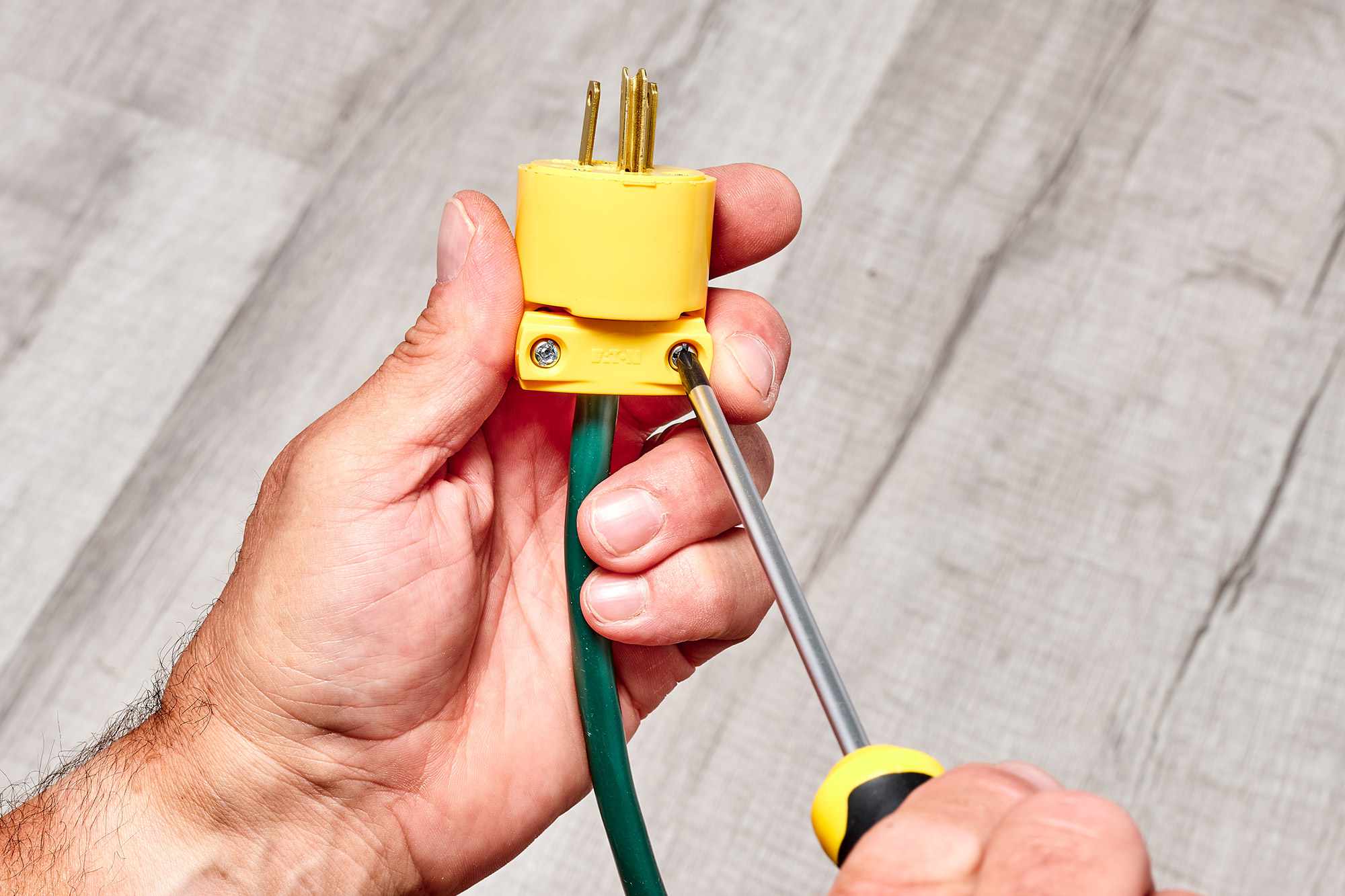
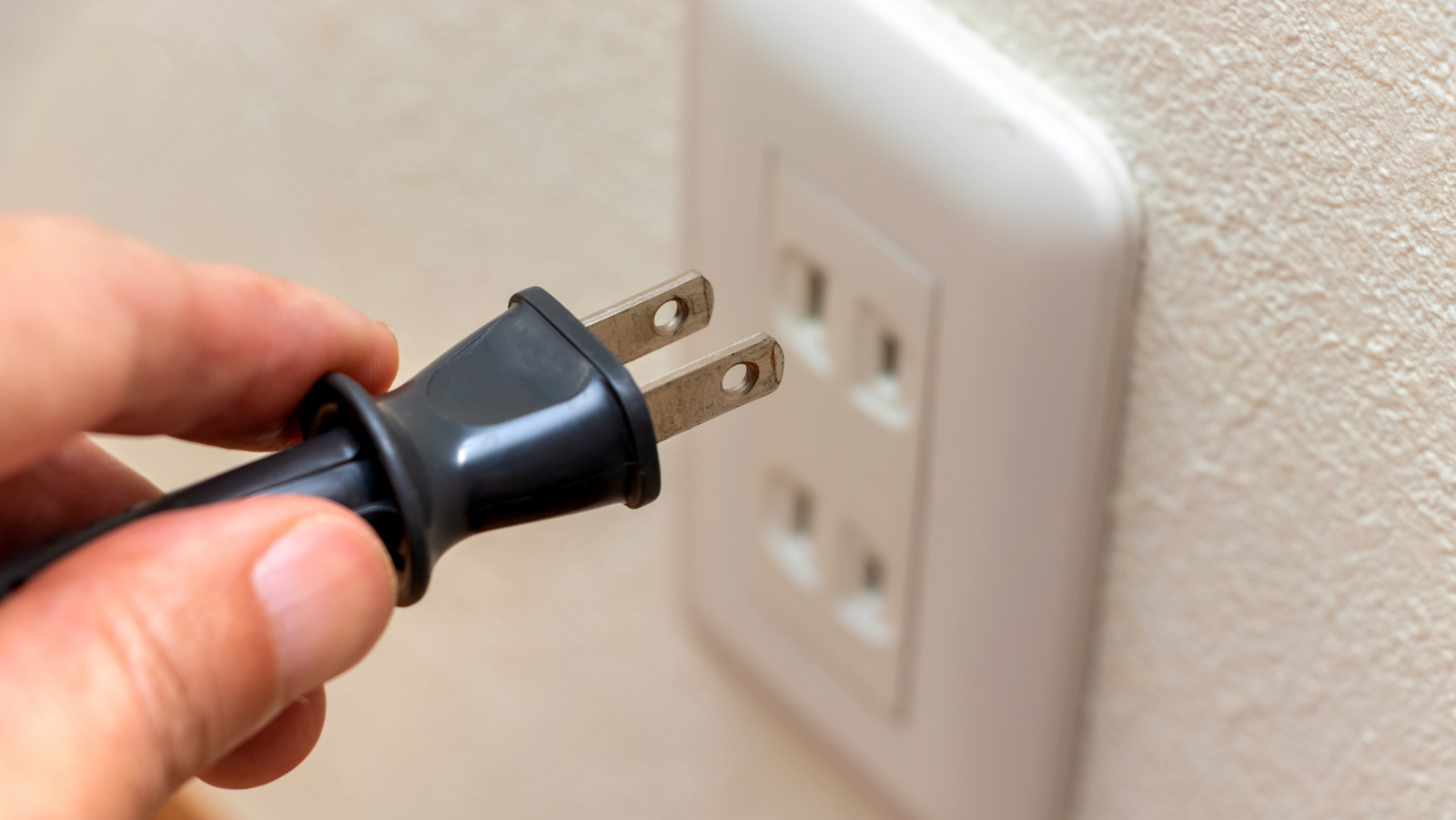
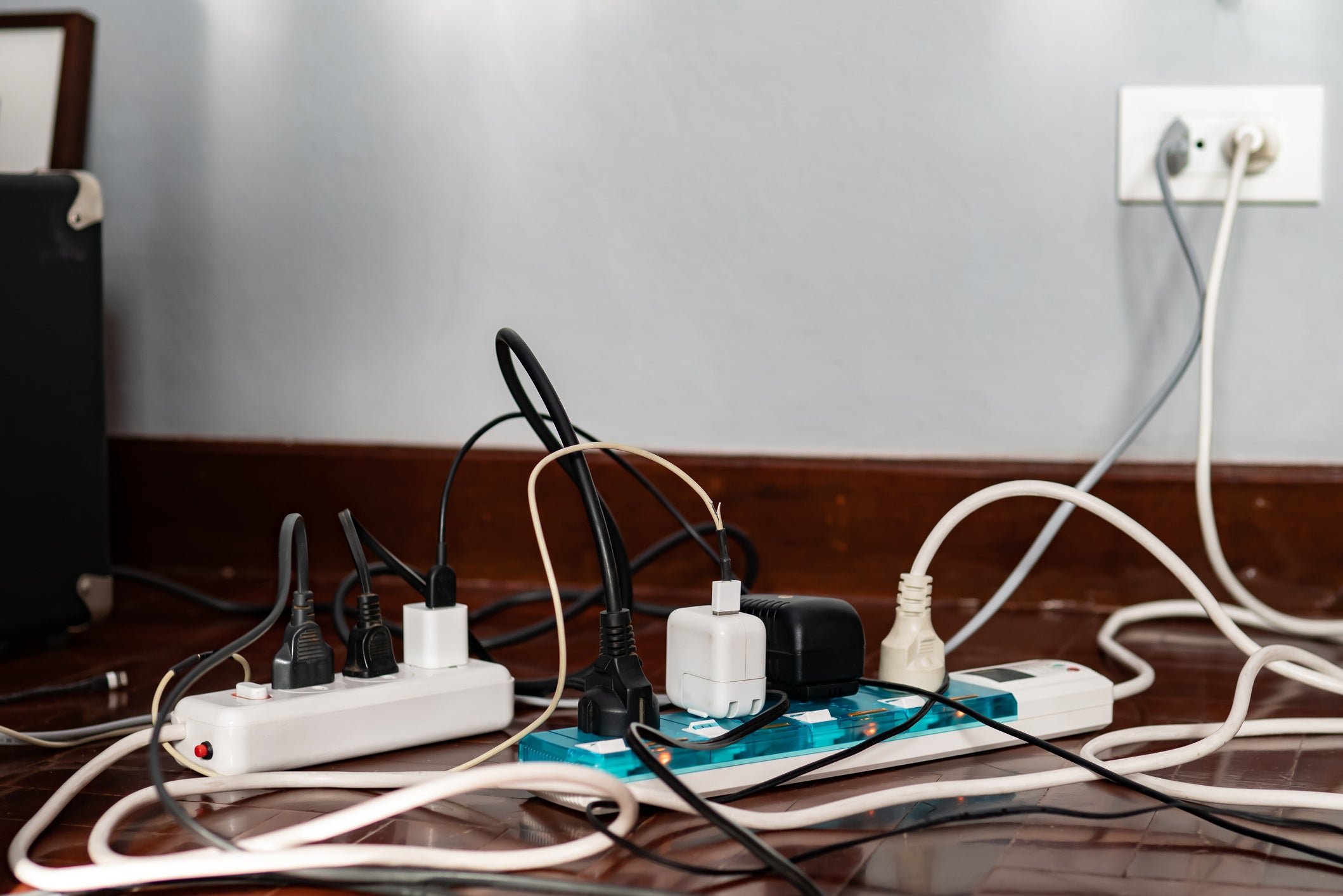
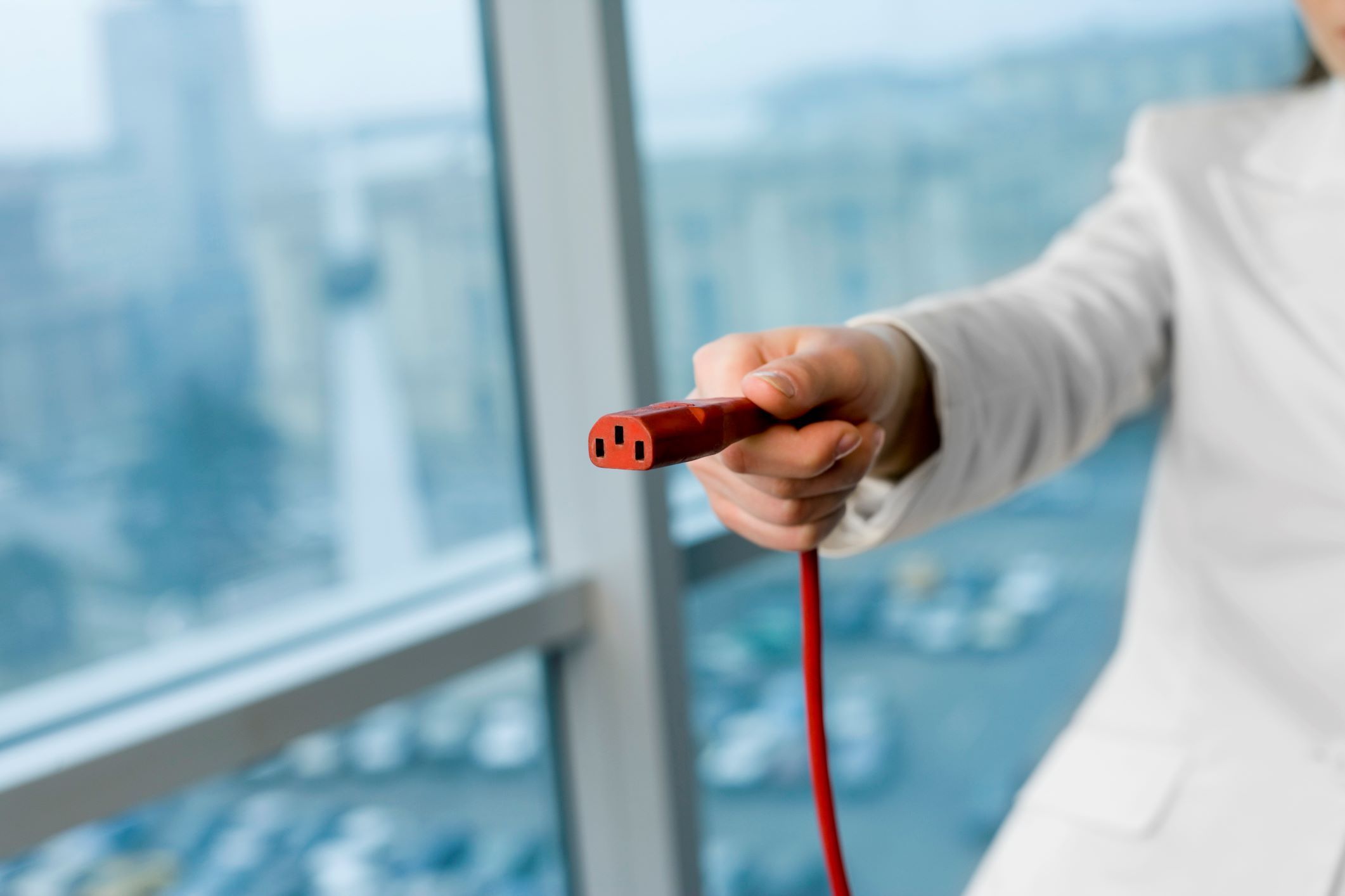
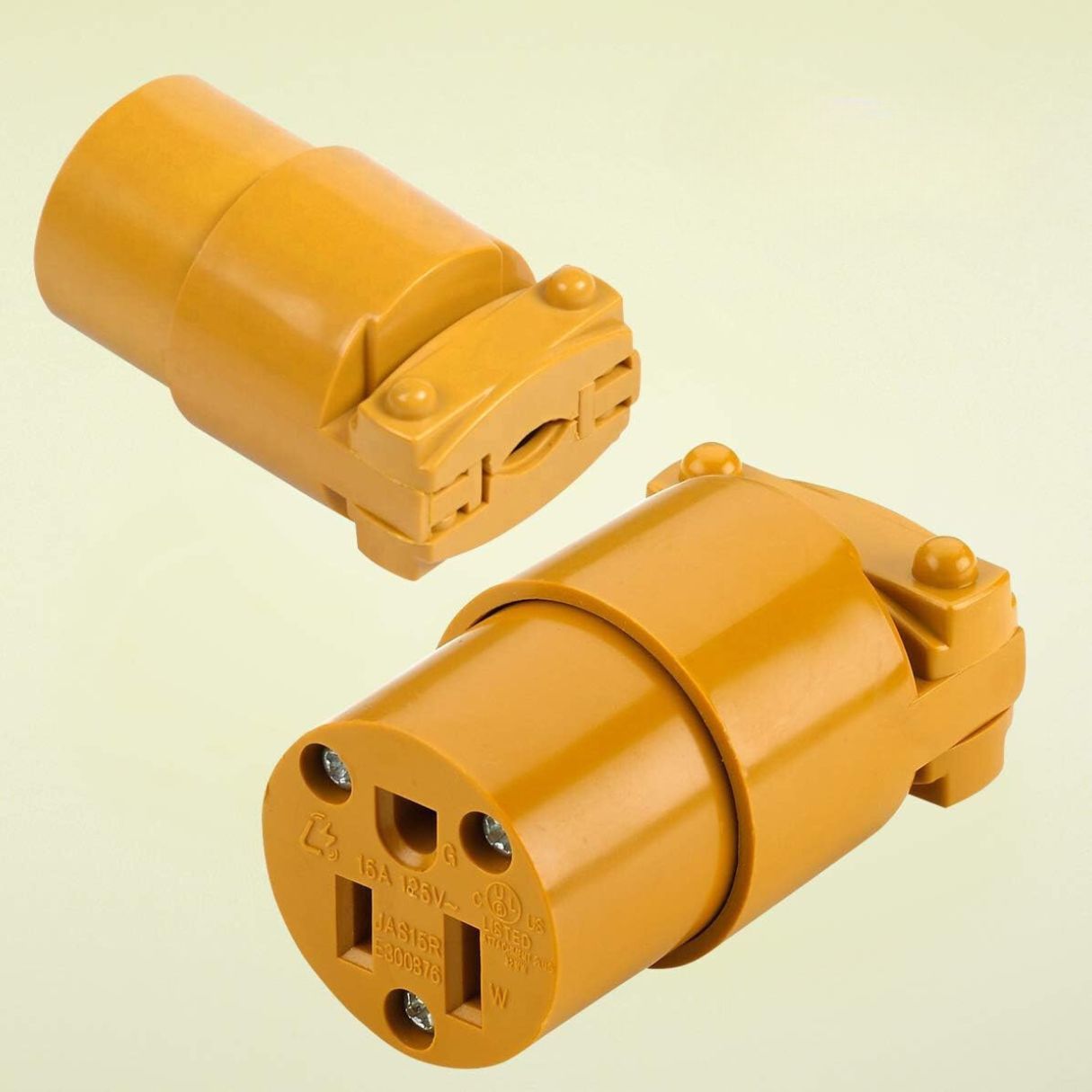
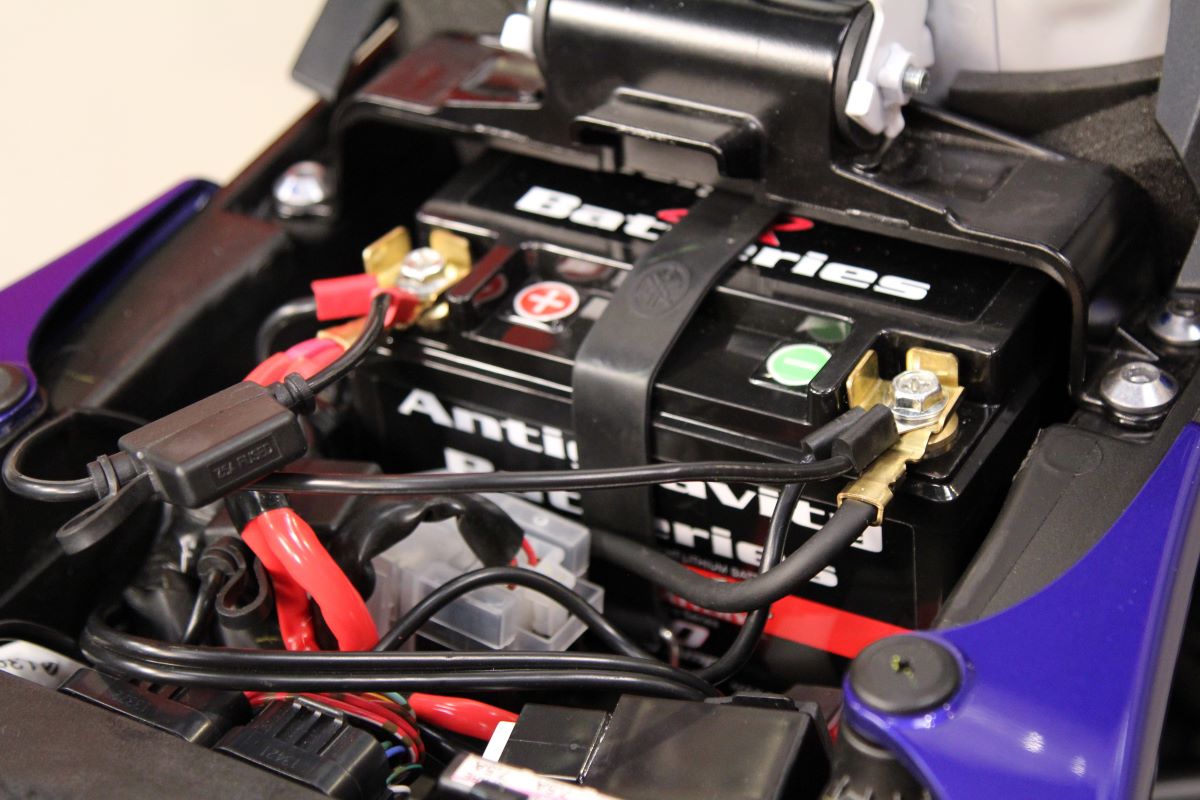

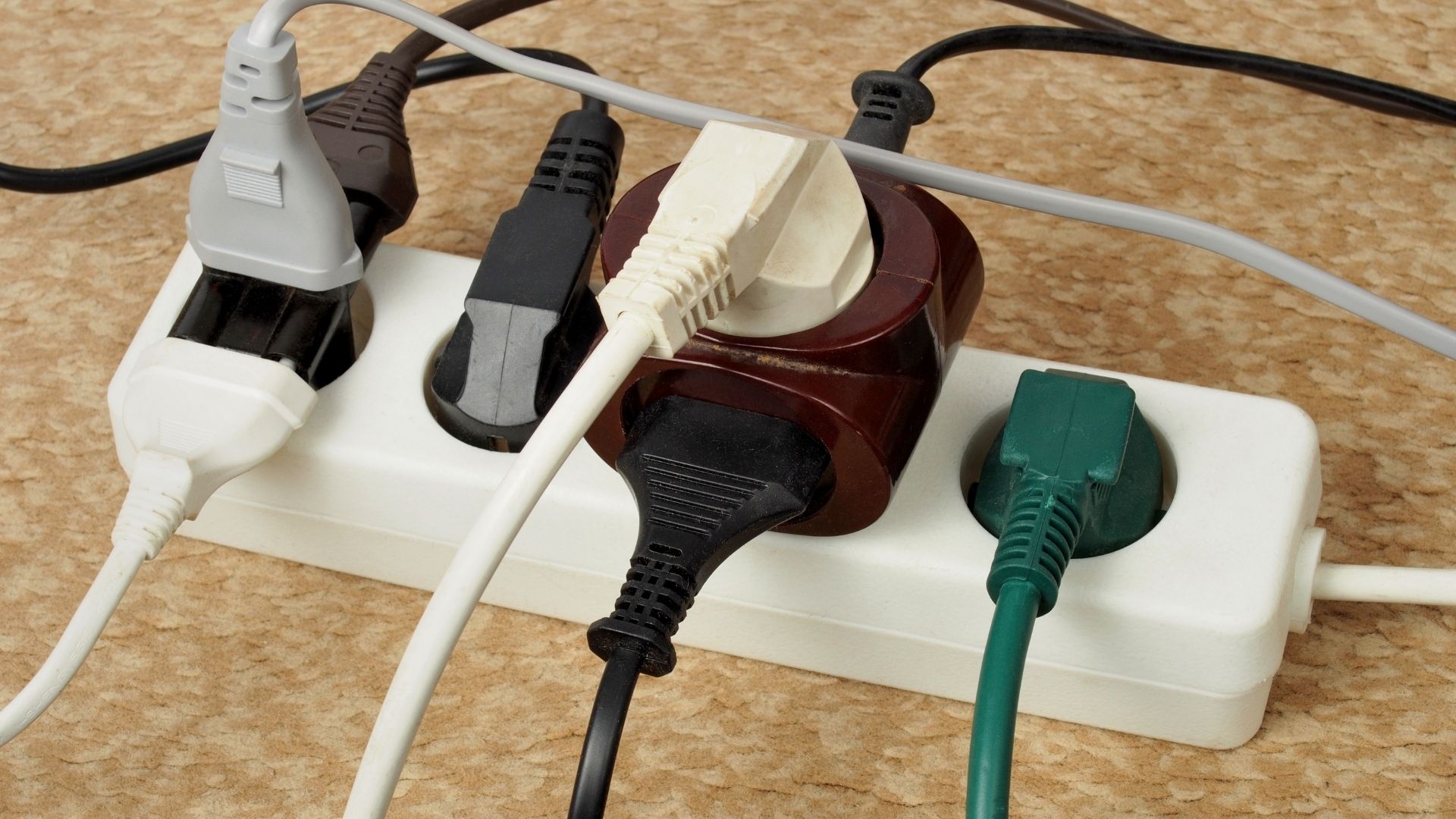
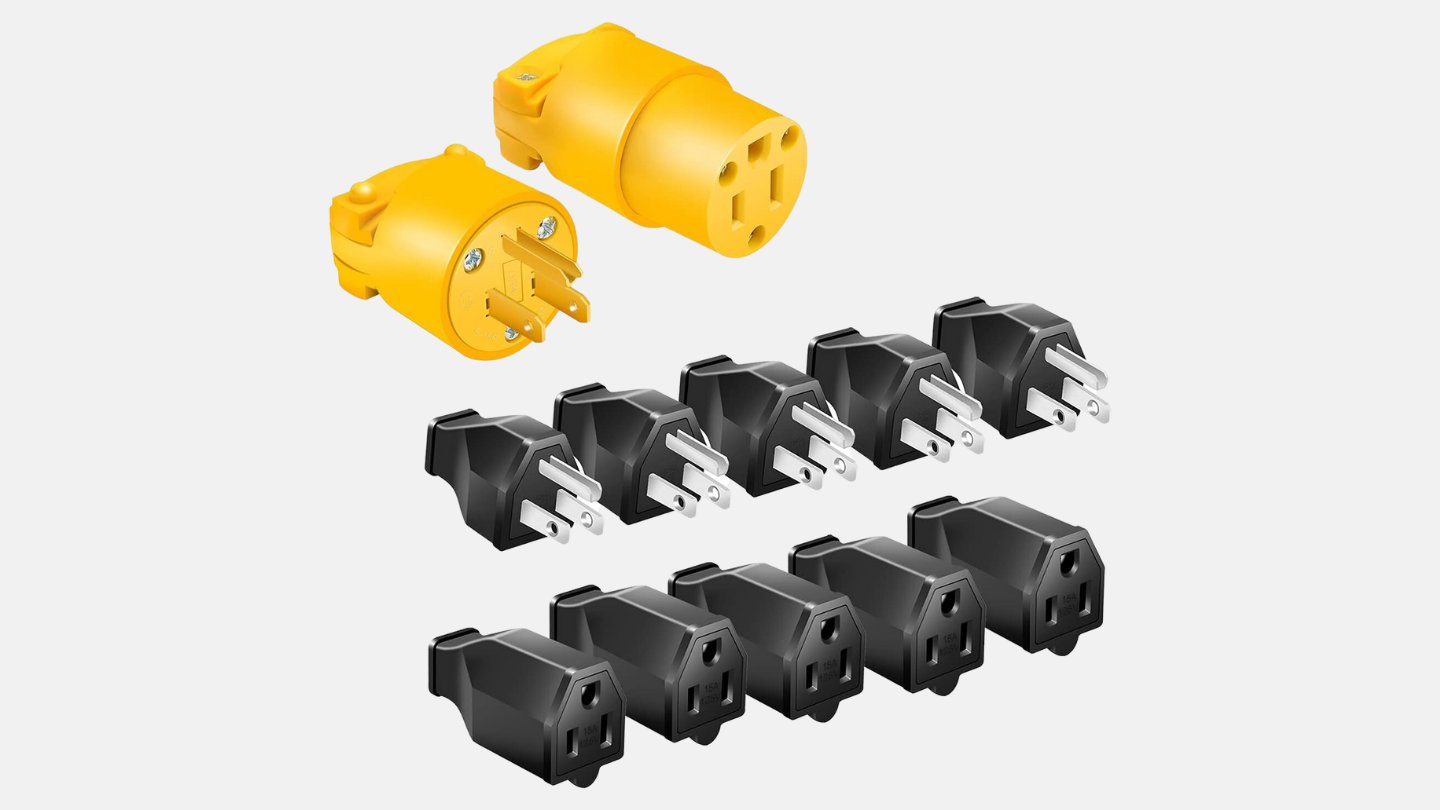
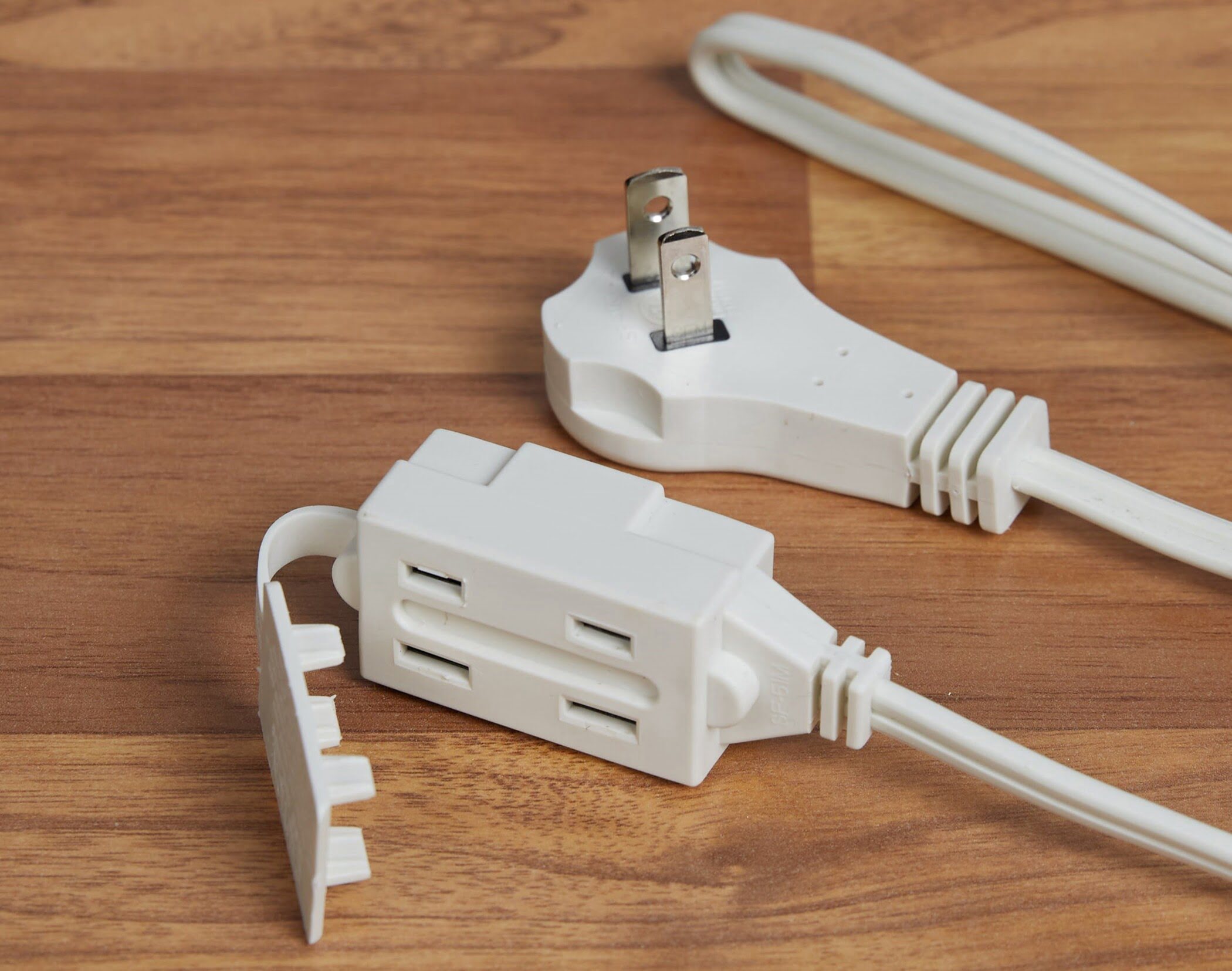
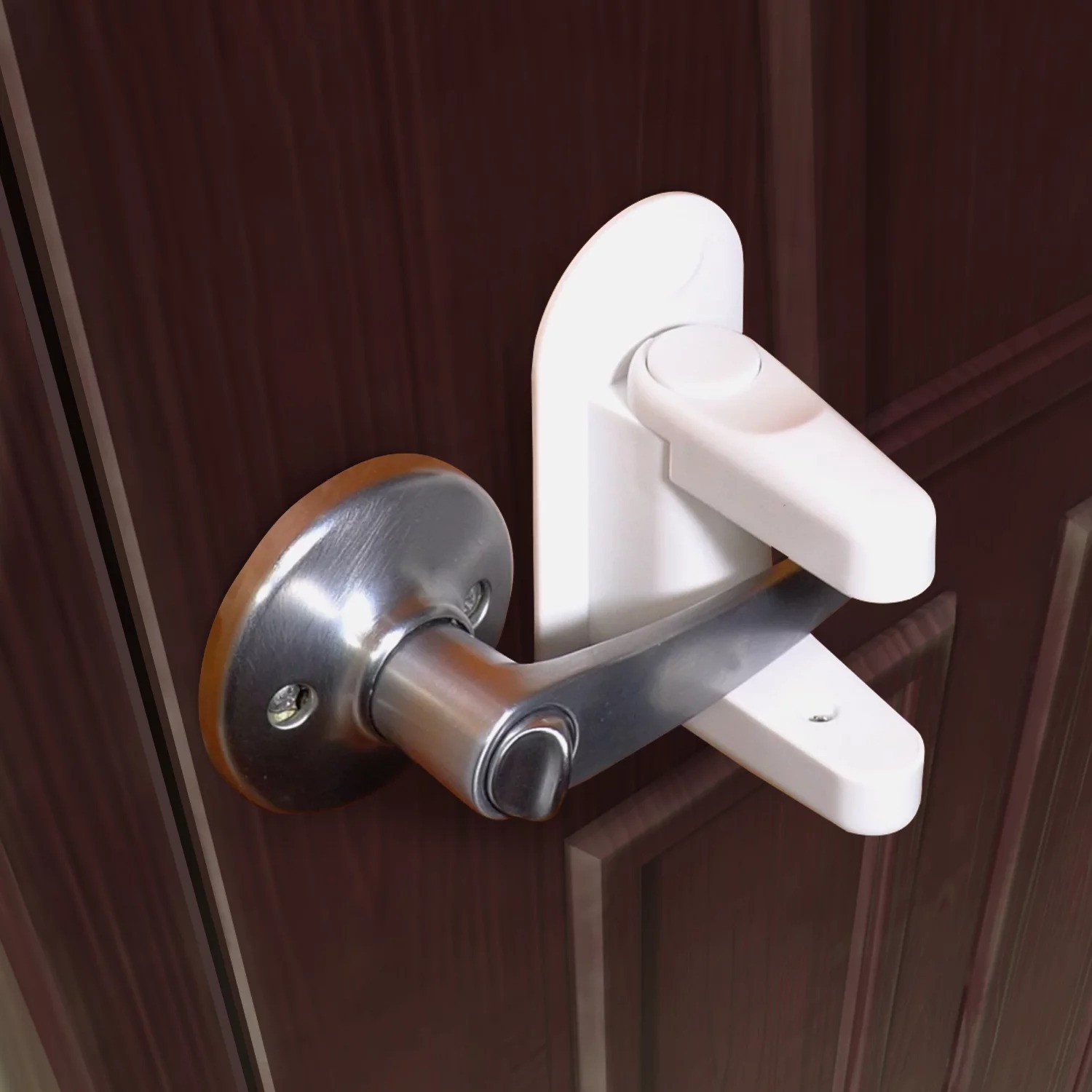
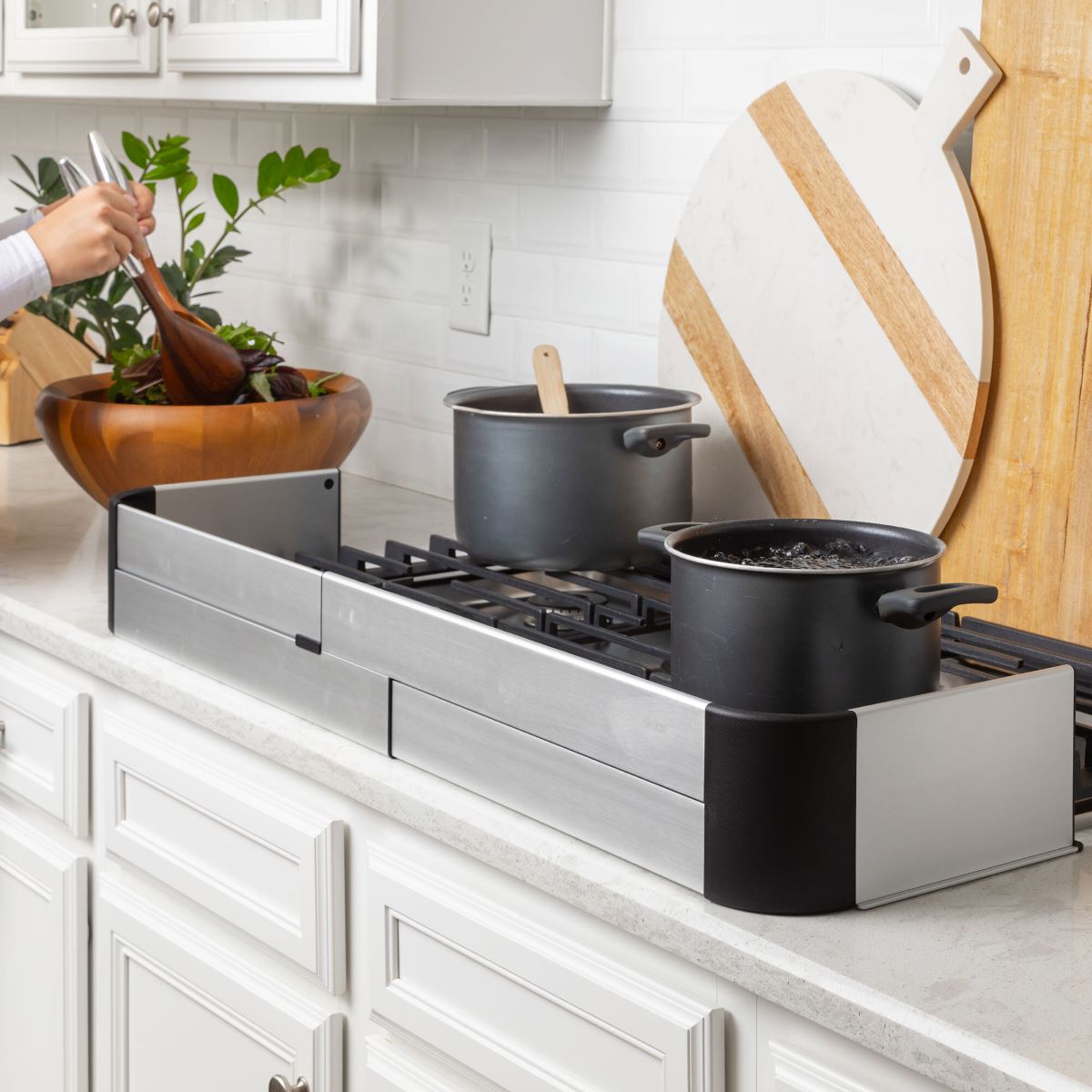
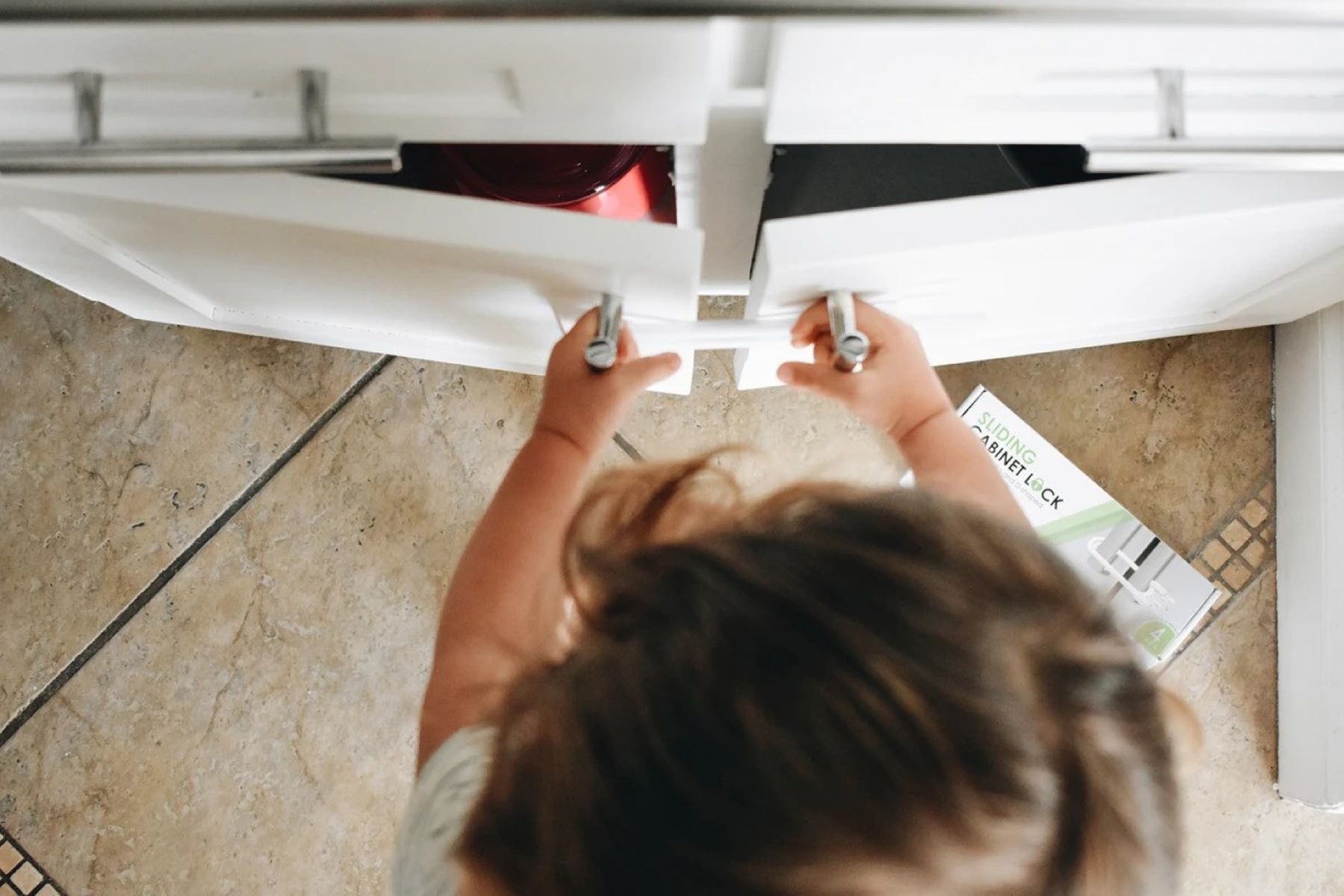


0 thoughts on “How To Childproof Plugged Cords”